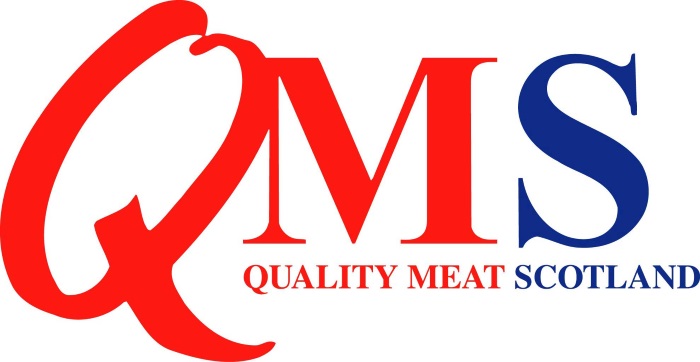A distinct move by Scottish beef cattle producers to focus on spring calving is evident in the statistics for Scottish calf registrations for 2016.
Scottish calf registrations for the whole year show a continued trend to calvings taking place in March, April and May, with 50% of Scottish calf registrations relating to this period during 2016.
According to the latest analysis by Quality Meat Scotland (QMS), this represents an increase from 47% a decade ago and contrasts sharply with GB as a whole.
“In GB as a whole only 38% of calf registrations were recorded in March, April and May,” said Stuart Ashworth, Head of Economics Services with QMS.
Calf registrations also show a continued growth in the use of native breeds which, he said, have now reached almost one quarter of all registrations – up from 17% a decade ago.
“In 2016, there was also evidence of a shift from dairy to beef with beef breed-sired registrations rising by 1% in Scotland while 6.5% fewer dairy sired calves were registered,” said Mr Ashworth.
“Overall, registrations fell by 0.5% to 568,350 head with beef breed registrations accounting for 82% of the total – their highest share since 2011.”
However, in GB as a whole, total calf registrations edged higher with a 3.5% increase in beef breed-sired calves – taking that total to 68% of all registrations – more than offset a 6% decline on the dairy side.
“With the average age at slaughter in Scotland remaining around 22 months means that in the first quarter of the year cattle are predominately drawn from spring-born calves,” observed Mr Ashworth.
“The high proportion of calves born in the spring in Scotland means that the Scottish market is relatively better supplied at this time of year than GB as a whole.”
Additionally, because there were 1% more calves born in spring 2015 than spring 2014, there will, he said, be a larger pool of Scottish slaughter cattle than this time last year.
“Moving into the second quarter, the pool of Scottish prime cattle diminishes relative to the rest of GB and both steer and heifer volumes slip to a seasonal low during the summer.”
Historically the first quarter of the year has also seen the greatest movement of prime stock direct to abattoirs outside Scotland. However, the numbers involved in this are modest, reflecting the seasonal calving profile.
In addition to seasonal supply fluctuations, retail sales data indicates that there is a seasonal profile to the demand for beef.
“Overall demand for beef is at its lowest through the summer and is at its highest from November to January, which usefully reflects the availability of Scottish prime stock,” said Mr Ashworth.
“Within this overall demand, specific cuts also have a seasonal profile. Perhaps not surprisingly, demand for the cheaper cuts such as mince and stewing meat peaks in January and February while roasting joints sell well at Christmas and Easter.”
Demand for steaks is more consistent throughout the year although it is often slightly stronger during the summer months, when many households will have barbecues, and weaker at Christmas. Overall, mince remains the most popular beef cut, consistently accounting for more than half of all beef sales and only falling below half in the Christmas and New Year period.
“These changes in seasonal retail behaviour to some extent explain the traditional dip in farm gate prices post-Christmas. The 2017 market appears to be performing in line with this typical trend, with prices slipping 7p/kg deadweight since the turn of the year. That said, producer prices remain 5% higher than last year,” observed Mr Ashworth.
As has been the case over the past three years, the relatively better seasonal supply in the Scottish market has led to a narrowing of the premium paid and, with producers responding to the signals regarding carcase weights and looking to sell cattle younger, there has been some building of queues.
“The market situation at this time of year illustrates the complex business decisions facing our industry. Producers are trying to maximise margins by solving the conundrum of market returns and production costs – generally lower for spring calving herds – and processors are trying to manage a supply that best meets the seasonal retail demand for beef.”


